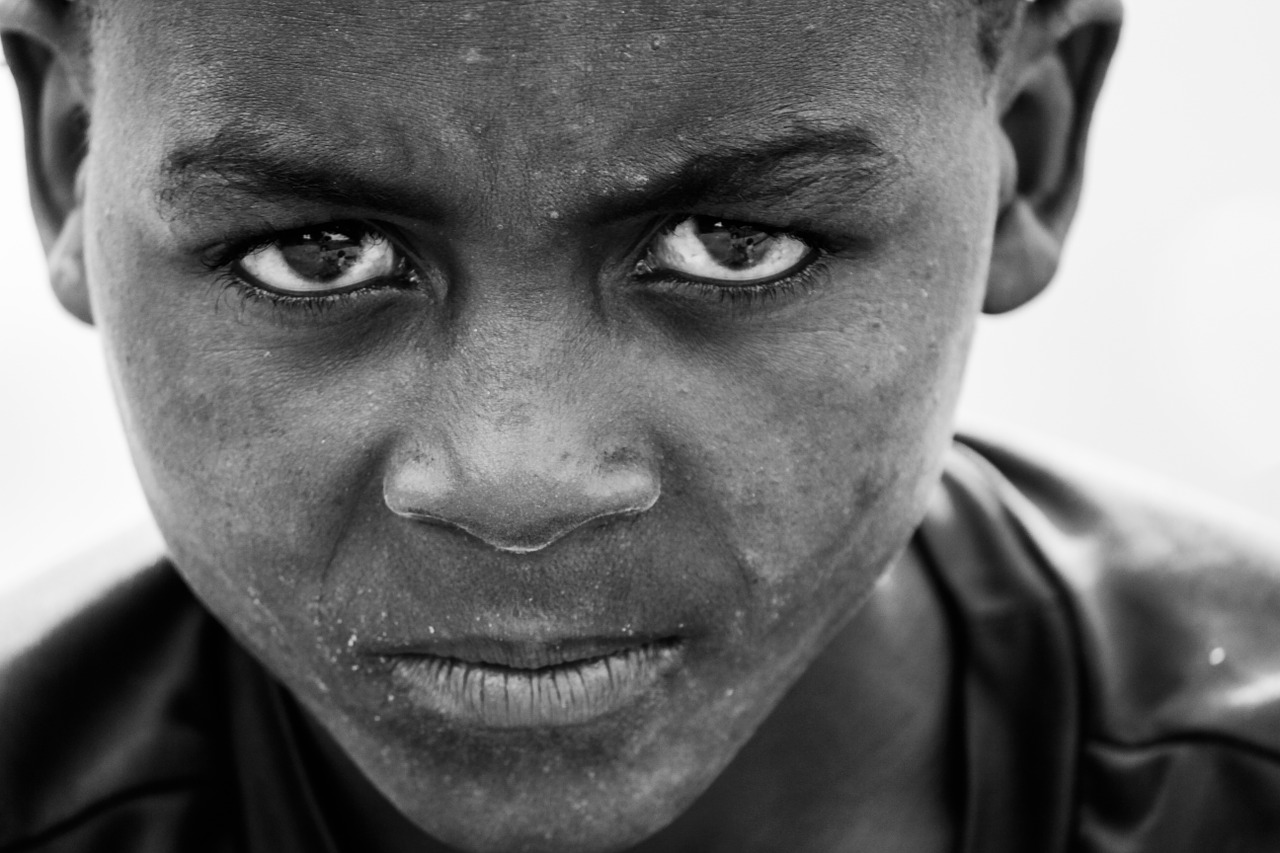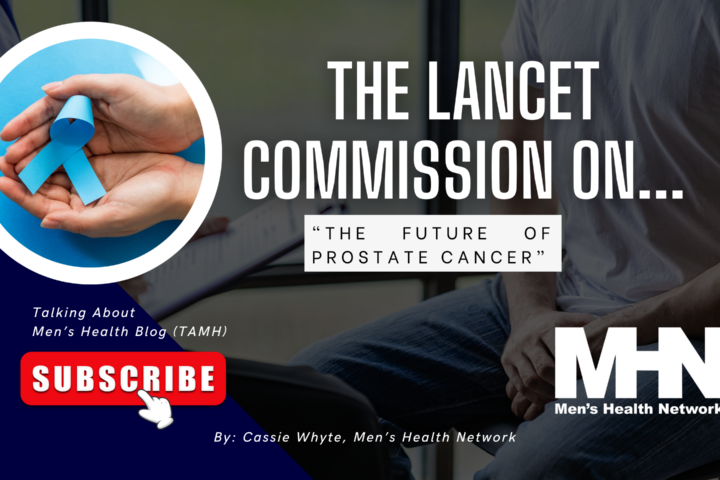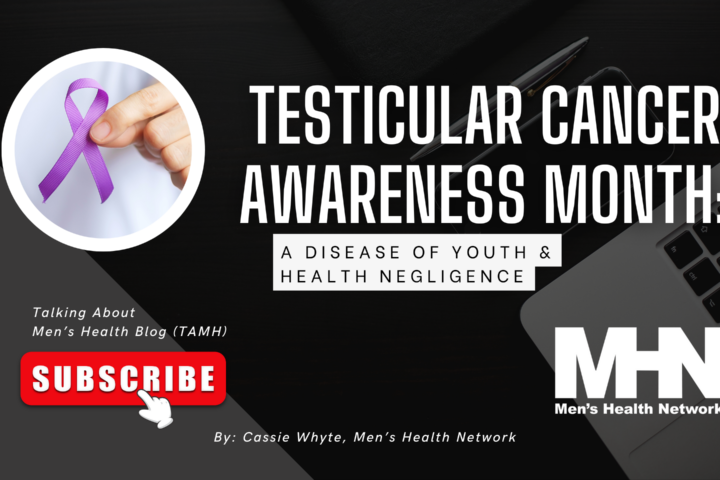Feminist ignoring of male issues has especially harmed the black community.
“Intersectionality is a concept often used in critical theories to describe the ways in which oppressive institutions (racism, sexism, homophobia, transphobia, ableism, xenophobia, classism, etc.) are interconnected and cannot be examined separately from one another.”
Intersectionality is a well-known word among people concerned about those who are marginalized. The term was coined by black feminist Kimberlé Crenshaw in 1989. As per Wikipedia, she
“introduced the theory of intersectionality to feminist theory in 1989 by becoming the first person to use this word in this context of feminism…In her work, Crenshaw discussed Black feminism, which argues that the experience of being a black woman cannot be understood in terms of being black and of being a woman considered independently, but must include interactions between the two identities, which frequently reinforce each other.” (The italics are mine.)
The way I read this, I hear “intersectionality” to mean that by being a woman, you are marginalized, and by being a black person you are also marginalized, and the two conditions are more than additive.
But the facts are these: Black males are doing much worse than black females, especially among young people. Consider one extreme example: the fatal shootings of unarmed African-Americans by police officers, which led directly led to the Black Lives Matter movement. While this movement could not be called “Black Male Lives Matter,” because that would imply that black female lives don’t, the fact is that the overwhelming majority of victims of these shooting deaths are male.
And consider two main indicators of whether or not one is succeeding in life. On the negative side is incarceration, on the positive, educational achievement.
Incarceration. There is no question that the incarceration rate for African Americans far exceeds that of whites, but the difference is especially stark for males. The ratio of black male imprisonment rates (per 100,000) to that of white males is approximately 6-to-1. For females it is not quite 3-to-1. But by far the most striking figure is the ratio for black male imprisonment to black female, where the ratio is nearly 17-to-1 (for whites, the gender ratio is less than 8-to-1).
Education. It is generally agreed that a college degree is very valuable (and an advanced degree even more so). While across the board more women are earning these degrees than men, it is among African-Americans where we see the highest ratio favoring women. For white college students, the gender disparity favors females by a ratio of 56-44, but for black students it is 64-36. What this latter figure means is that for every 100 black men in college, there are 180 women.
For doctorates the gender difference is even more striking among African-Americans. In 1977, 1,237 black women earned doctorates; by 2015, this number was up to 8,811 – which is an increase of more than 600%. For black men, the figures are 2,338 in 1977 and 4,462 in 2015; that is an increase of under 100%. Looked at another way, in 1977 the ratio of male-to-female doctorates among African-Americans was 2-to-1—favoring males. By 2015, this ratio had nearly reversed.
Feminism, which is arguably the most successful social movement in the United States (if not the entire developed world) has, unfortunately, often had the unintended consequence of perpetuating racism, particularly as it affects black boys and men. While I am no expert on the narrative of the women’s movement, I do know that historically, black women have felt excluded, and often still do. So it is no accident that the concept of intersectionality was put forth by a black woman.
But sadly, feminism in general, with its focus on women and, perhaps most damaging to males, its focus on girls—and not children, in general—has done little to improve the lives of African-American boys and men. Of course, racism’s effects on girls and women are also profound and damaging, but black girls and women have not been purposely excluded from inspiration, encouragement, and support, and the data clearly shows that in many ways their lives have been improved by the place women’s concerns have in American government, media, and the academy.
But by ignoring boys and men—and lately even saying it’s okay to hate the latter, and, by extension, the former—the women’s movement has left all boys and young men in the lurch, especially the group that most needs our attention, boys and men of color.
The insidiousness of this aspect of racism can be shown in a piece by a Judith Warner, a white woman writing in Time magazine in 2013. The piece was titled, “Is There a Boy Crisis?,” and she says the following, as part of her argument that there isn’t one: “Quietly, without anywhere near the fanfare that has greeted the claim that boys have become the weaker, worse-off sex, serious researchers have been arguing for years that boys — a lot of boys, at least — are doing just fine. That — as long as they’re white and from educated families, at least — they’re not dropping behind girls.”
Granted, Warner acknowledges race, but in a very glancing way. Her main emphasis is, as it is throughout mainstream feminism, that fundamentally boys and men are “doing just fine.” Her nearly parenthetical admission that things may not be great for boys of color, is way too little and way too late, and most certainly doesn’t go far enough.
Finally, as Warren Farrell has written in his latest book,The Boy Crisis, we’re all in the same boat. When boys and men don’t do well, none of us do well. And for the African-American community, this is tragically evident. The death of a young black male is a horrible thing, not just for him, but in a very lasting way for his family and friends – many of them female. What is it like for a black woman to lose a husband, son, grandson or brother? And what is it like to see a man you love go to prison? Or, even shy of these terrible events and situations, to see your husband, brother, son, or grandson not achieve nearly what he is capable of in his education?
While feminism did not directly address the issues of black girls and women, it did not purposely cast these people aside. And in a sense, a rising tide lifts all boats. But the opposite could be said of our lack of attention to the problems of America’s boys and men. A feminism and a nation that does not genuinely embrace their needs, with special — but not only — attention to those of color, will ultimately fail all of us, black and white, female and male.
This article first appeared here.
Photo credit: Pixabay




